Before going into the practical aspects of our lab assignment, let’s take a recap the significance of passband in the context of these modulation techniques.
Modulation Techniques

While digital modulation techniques dominate contemporary communication systems, our focus in BTE3233 remains on analog carrier modulation techniques. These techniques, steeped in tradition, offer invaluable insights into the evolution of modern modulation methods.
SSB and DSB Modulation
SSB and DSB modulation techniques offer unique advantages over traditional Amplitude Modulation (AM) and Frequency Modulation (FM) methods. Despite the widespread adoption of AM and FM in various communication applications, SSB and DSB modulation techniques continue to hold relevance due to their efficient utilization of passband.
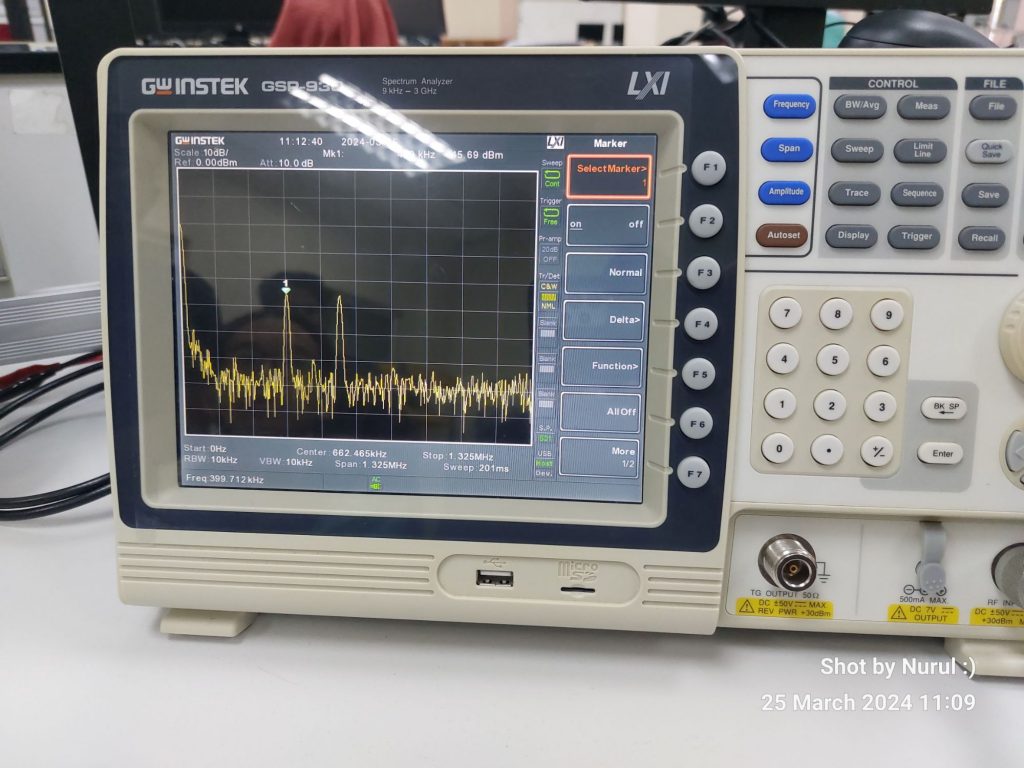
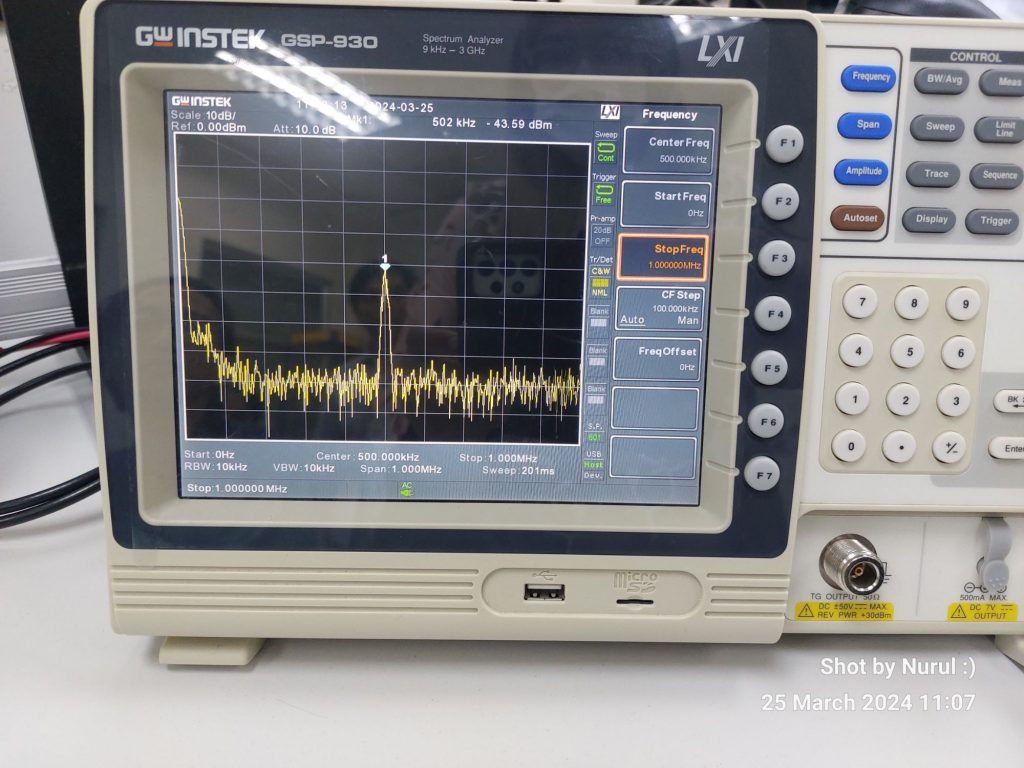
In the frequency spectrum, Single Sideband (SSB) modulation exhibits a distinctive characteristic compared to traditional Amplitude Modulation (AM). Unlike AM, which transmits both sidebands along with the carrier signal, SSB modulation only transmits either the upper sideband (USB) or the lower sideband (LSB) along with the carrier. As a result, SSB modulation effectively utilizes half of the bandwidth required by AM, leading to enhanced spectral efficiency.
In the frequency domain, SSB modulation produces a spectrum with a single sideband extending from either side of the carrier frequency, with the other sideband and the carrier suppressed. This concentrated spectral distribution enables SSB signals to occupy a narrower bandwidth, making them ideal for conserving precious frequency resources while maintaining signal integrity. During demodulation, the suppressed sideband is effectively reconstructed, ensuring faithful reproduction of the original message signal. Thus, in the frequency spectrum, SSB modulation and demodulation techniques showcase a streamlined and efficient utilization of frequency resources, paving the way for optimized communication system design.
Advantages of SSB and DSB Modulation
- Enhanced Bandwidth Utilization: SSB and DSB modulation techniques optimize spectral efficiency by transmitting either one sideband (SSB) or both sidebands (DSB) along with the carrier. This efficient use of bandwidth ensures optimal utilization of the passband, making these techniques ideal for bandwidth-limited communication channels.
- Power Efficiency: By eliminating redundant components such as the carrier and one sideband (in the case of SSB), these modulation techniques enhance power efficiency during transmission. This translates to improved signal-to-noise ratio and reduced power consumption, contributing to overall system performance.
- Reduced Interference: SSB and DSB modulation techniques minimize interference with adjacent channels by transmitting only essential spectral components within the passband. This reduction in interference enhances signal clarity and reception quality, particularly in environments with high spectral congestion.
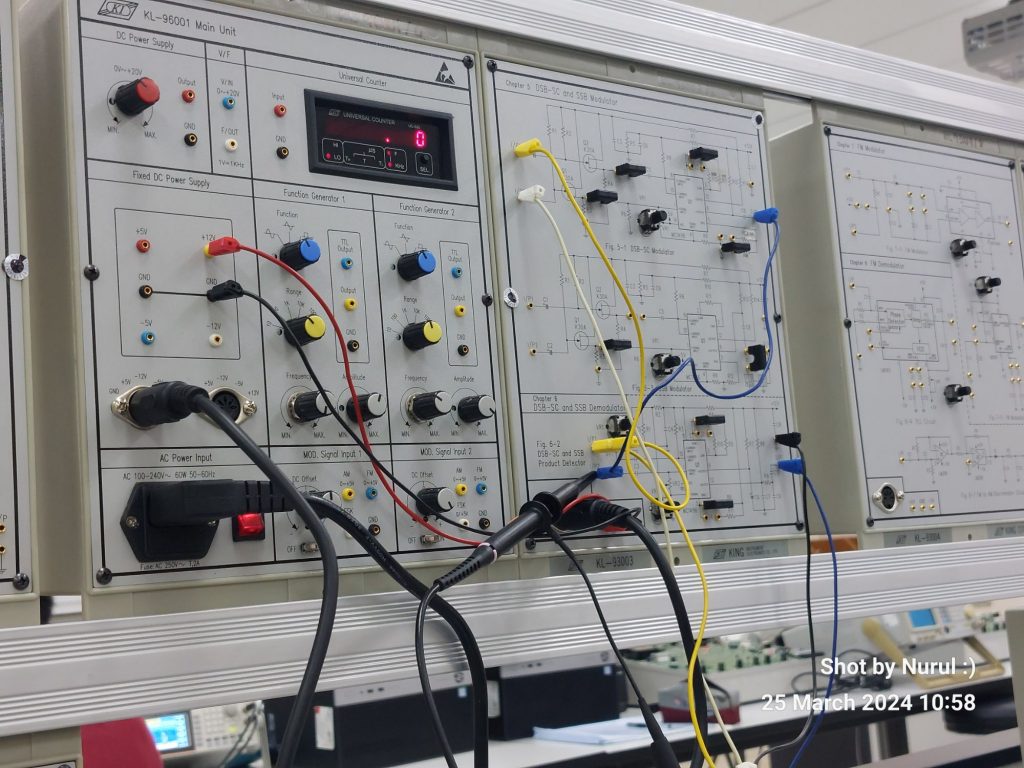
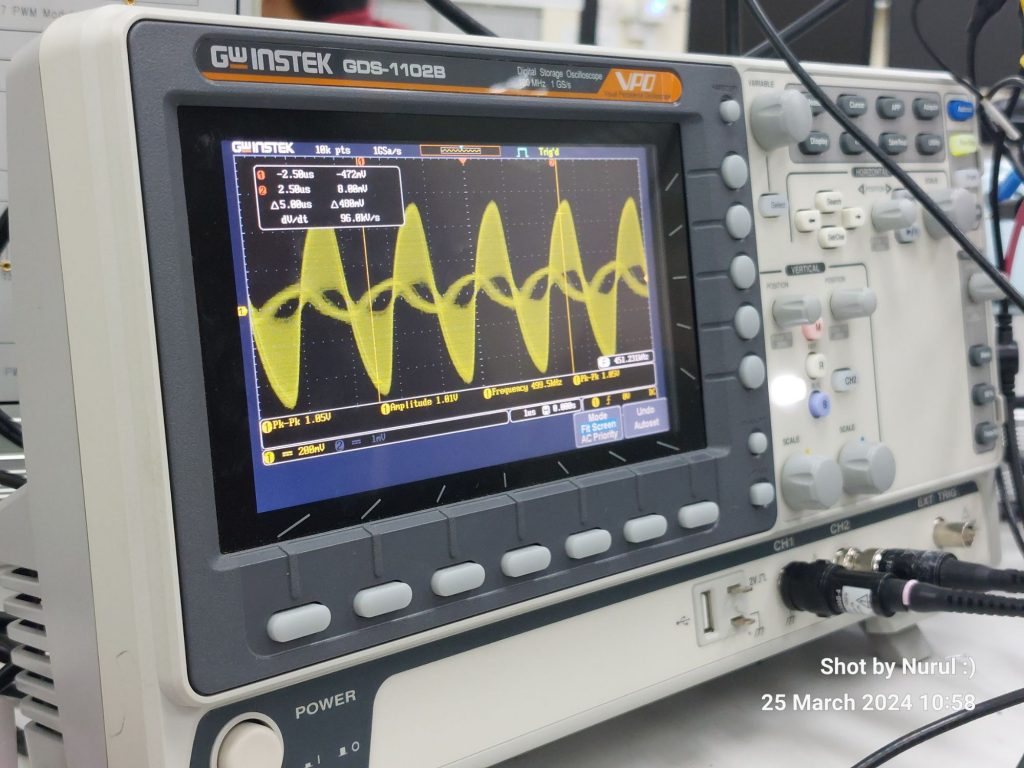
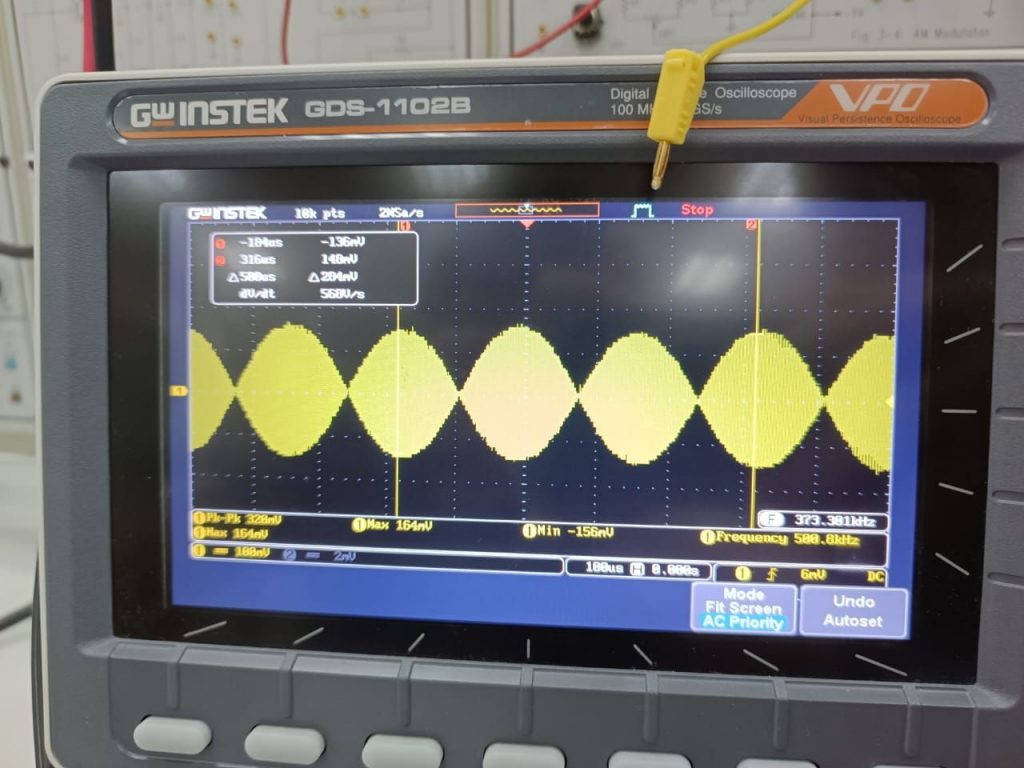
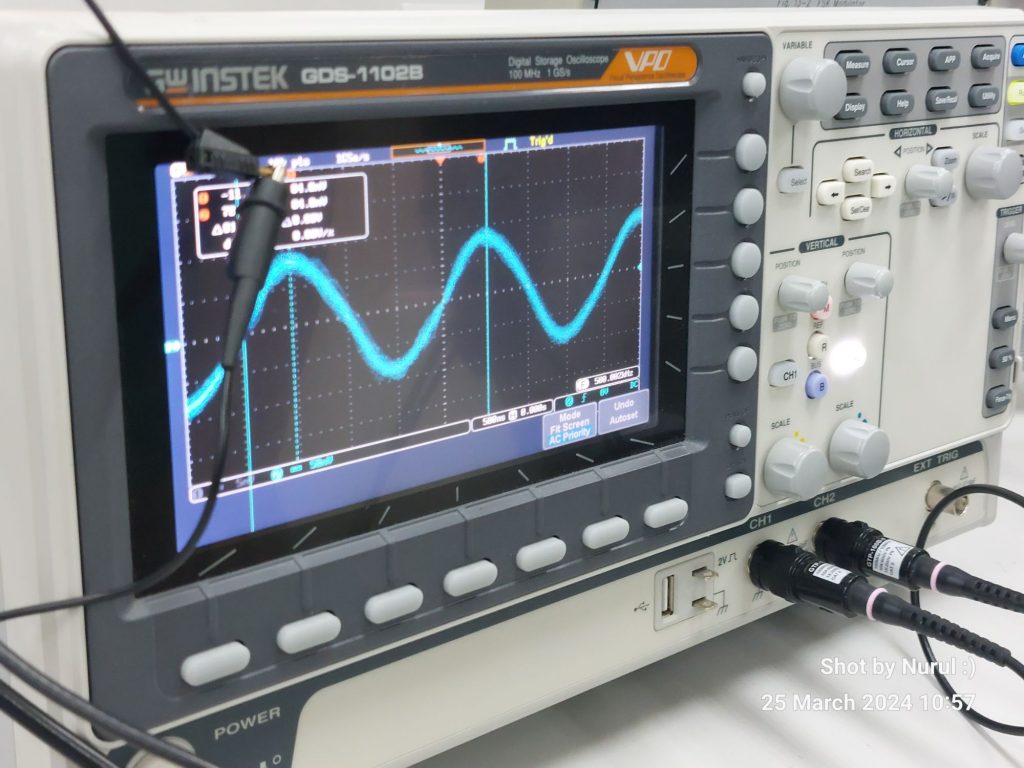

As we went through our lab assignment today focusing on SSB modulation and demodulation, it’s essential to recognize the pivotal role of passband in shaping the efficiency and effectiveness of these modulation techniques. Note that the advantages of SSB and DSB modulation, enable the possibility to design robust and efficient communication systems that thrive within the constraints of the passband.
Stay tuned for our upcoming lab session (FM Mod & Demodulation), where we’ll translate theory into practice and delve deeper into the practical implementation of Frequency Modulation and its demodulation techniques.
Get ready to explore the fascinating world of frequency-based communication, where signals dance across the spectrum with precision and clarity. Don’t miss out on this exciting opportunity to expand your skills and understanding in communication engineering. See you in the lab!